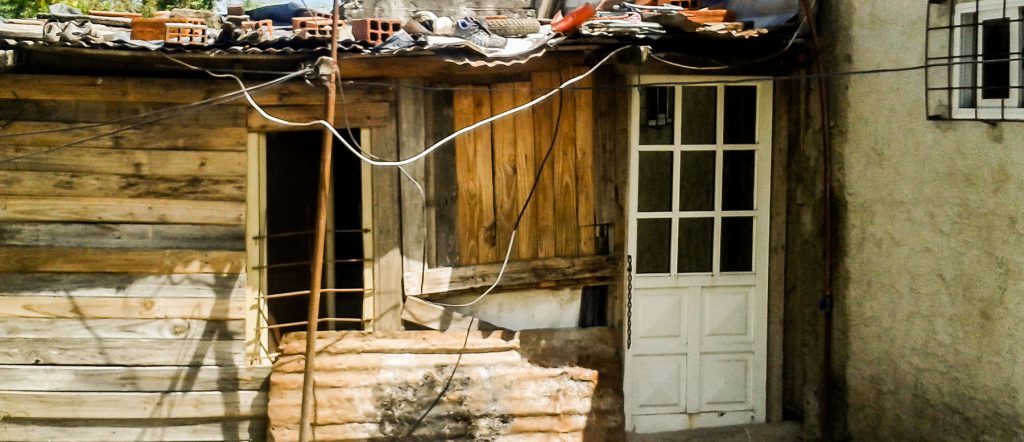The growth problem of large cities in countries where there is a significant gap between the sectors with the highest and lowest purchasing power generates peripheries with segregated populations. In Argentina, this is visible in closed neighborhoods (countries) and neighborhoods with precarious housing (settlements and / or villas).
In certain areas, a timely and priority response from the State is delayed for the development of effective infrastructure programs, access to secure ownership of land, and access to the development of adequate housing.
The percentage of people with inadequate housing is on the rise.
Inadequate housing is characterized, among other factors, by the low quality of construction, the lack of basic services, the insecurity of tenure and the precarious situation of the urban attributes of the neighborhoods; which, as a whole, entails a high social and economic vulnerability, in the face of natural risks and in the face of various types of diseases associated with poor housing conditions.

Self-construction style of housing in some areas of Greater Buenos Aires
In Argentina, formal access to housing credit for families with lower incomes (less than 2 minimum wages) is practically nil.
The final results of the 2010 census recorded the city’s population at 2,890,151 inhabitants, 1 and that of its urban agglomeration, Greater Buenos Aires, at 13,588,171 inhabitants.
According to a recent study by the Research Department of the Foundation for Real Estate Development Studies (FEDI), in Argentina there are 12.2 million homes and 16% of these belong to rented homes, which is equivalent to two million families. Three million homes would still be missing to meet the population’s housing needs. This deficit is increasing at a rate of 36,000 homes per year, approximately.
At Habitat for Humanity Argentina we have detected as a priority the attention of two situations on which we are working today. We know that communities seek solutions in various ways and the social production of habitat is one of them: through self-construction without professional assistance, often generating deficit solutions that worsen over time.
In turn, informal rental was also detected as a response to the housing need for which thousands of people, not having the conditions required in Argentina by the rental market, must live in places with inadequate conditions and at a very high cost. high.
In 2008, Habitat for Humanity Argentina commissioned an interdisciplinary study that identified as critical the situation of many families living in tenements, tenancies and boarding houses. Issues such as overcrowding, structural risk and health effects, especially for children and the elderly, are alarming in this type of housing. Consequently, the informal rental situation ends up being critical.
One of the reasons that force families to live in these places are the requirements to rent in the country’s large cities, which includes, among other things, a property in the city as collateral. In turn, the demand for rent exceeds the supply, so there is a clear preference of the owners for middle-class tenants without children.

Typology of typical housing in the neighborhood of La Boca, South of the City





























